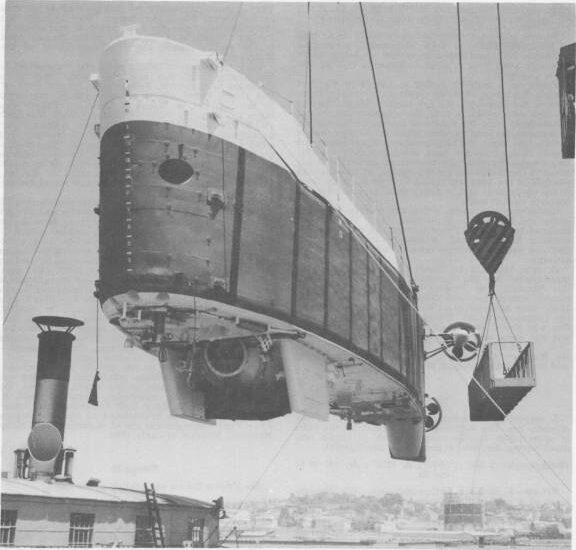Welcome to the remarkable story of Trieste II, a pioneering deep-sea submersible that played a vital role in the U.S. Navy’s undersea exploration history. Built as the successor to the original Trieste, Trieste II (DSV 1) was the first deep submergence vehicle constructed by the U.S. Navy. Its journey began in the mid-1960s at the Mare Island Naval Shipyard, incorporating parts from its predecessor, including the original Terni pressure sphere.
Trieste II was officially placed into service in 1969, marking the start of its illustrious career in deep-sea missions. One of its most notable assignments was the investigation of the USS Scorpion wreckage in 1969, a crucial mission that involved nine dives over 10,000 feet deep. This operation earned the Integral Operating Unit, which included Trieste II and its support ships, a Navy Unit Commendation for their exemplary efforts.
Throughout its service, Trieste II conducted various classified and unclassified missions, pushing the boundaries of deep-sea exploration. In 1972, it set a record by retrieving objects from a depth of 16,400 feet during a mission that remained classified for decades. This achievement earned it a Meritorious Unit Commendation.
Trieste II’s operational depth was progressively increased, reaching 20,000 feet by the late 1970s. It continued to serve actively in the Pacific Fleet until 1984, when it was retired and subsequently put on display at the U.S. Naval Undersea Museum in Washington, where it remains a testament to human ingenuity and perseverance in the field of oceanic exploration.
The legacy of Trieste II is not just in its own achievements but also in the way it paved the path for future submersible designs, influencing the development of Alvin-class submersibles and other deep-sea exploration vehicles.




